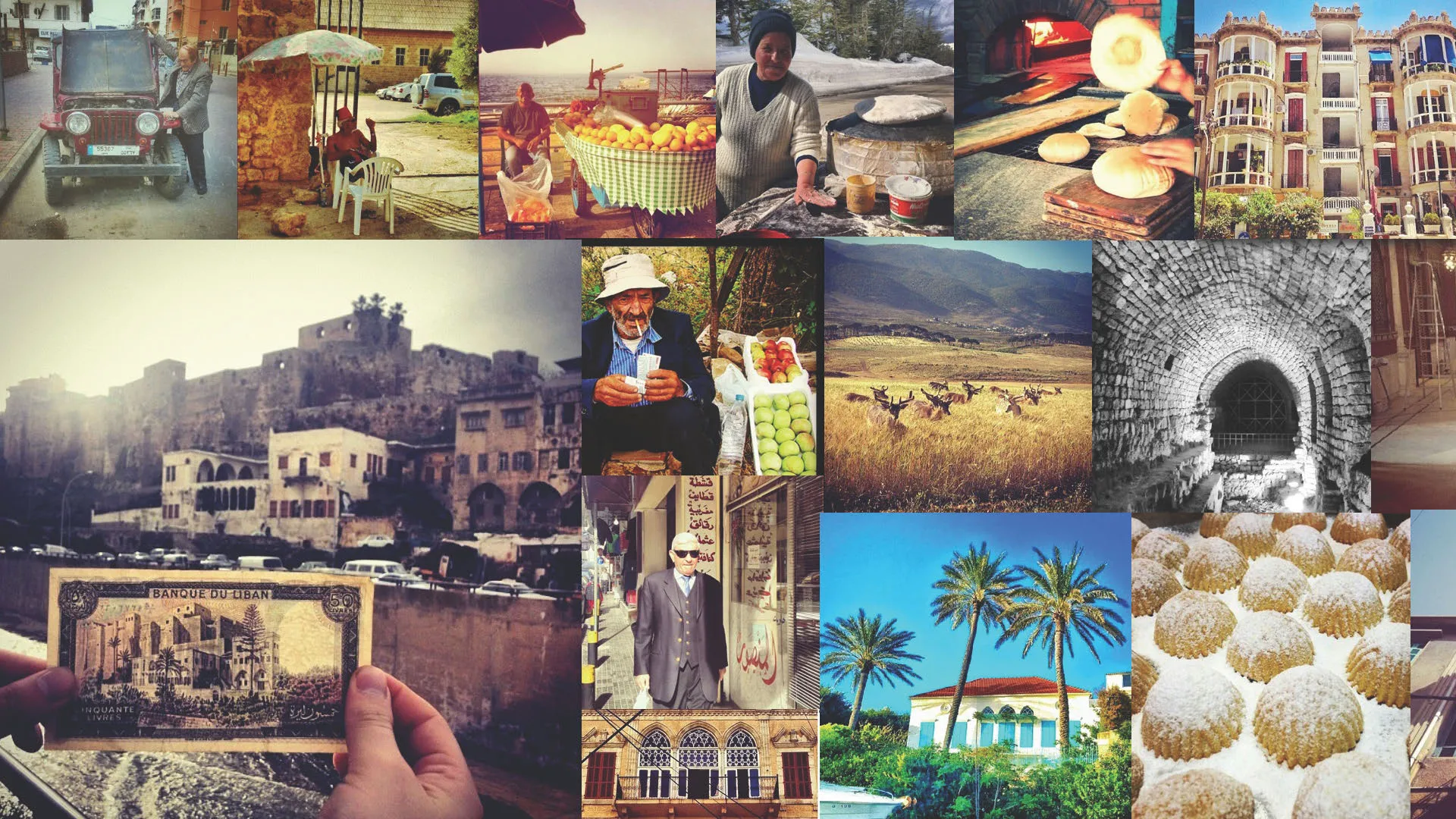There is a tendency to call static images that are rectangular and made by cameras photographs. With some two billion cameras in the world, we might ask—as was discussed at William Ewing’s 2007 We are all photographers now! show at Musée de l’Elysée in Switzerland—are we all photographers now, or perhaps is it just that so many of us carry cameras?
Owning a pencil does not make one a writer, even though one does write with it. So is there a similar threshold in photography that differentiates an actual photograph, made by a camera, from another kind of image also made by a camera? Is even posing this question somewhat elitist?
Certainly we have photograms and other such camera-less technologies, where the photographic paper is exposed to light with an object superimposed upon it. We have more informal snapshots, non-professional photographs in which there is a sense that the person releasing the shutter does not extensively reflect—although certainly there are many examples of snapshots that have made their way into the world’s galleries and museums (Jacques Henri Lartigue, for example).
Is Instagram one form of the snapshot? Instagram images are often more emphatic, images made to illustrate a certain point—this is an image of the breakfast that I ate, this is my friend, this is my #selfie. In a way, Instagram can more resemble photo illustration—illustrating a concept—than the unintentional discovery that so often happens in a snapshot.
But, as was pointed out in a recent, May 13, 2015 #ICPTalks panel by Youmna Chamcham of the Live Love (Beirut) movement, Instagram is really about the flow, not the individual image. One tends to view Instagram as a stream, perhaps more like cinema than the static photograph—which itself may seem derived more from a painting. Comparing an Instagram image to a single photograph may be an apples and oranges problem (they are still both fruit).
And "Instagram," if it were considered syntactically as a verbal language, seems to be composed more of nouns and verbs in declarative phrases than the photograph with its many adjectives and adverbs. The photograph tends to be composed in a more complex phraseology in which there may be a main statement and others that amplify and contradict it (look at the work of Gilles Peress, for example), creating more linguistic range.
It is useful to begin to parse what is happening in the image world. Calling every image a photograph may be creating confusion and obscuring essential differences in media. There is much work to be done.
On May 13, 2015, ICP featured a panel "How is Instagram Changing the World? | #ICPTalks" with Austin Merrill of Everday Africa, Elodie Mailliet Storm of Getty Images, and Youmna Chamcham of Live Love Beirut. The panel was moderated by Fred Ritchin.





